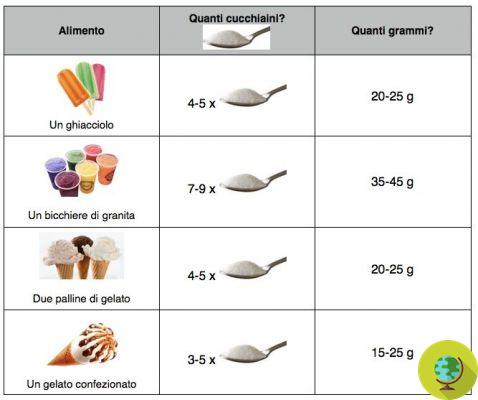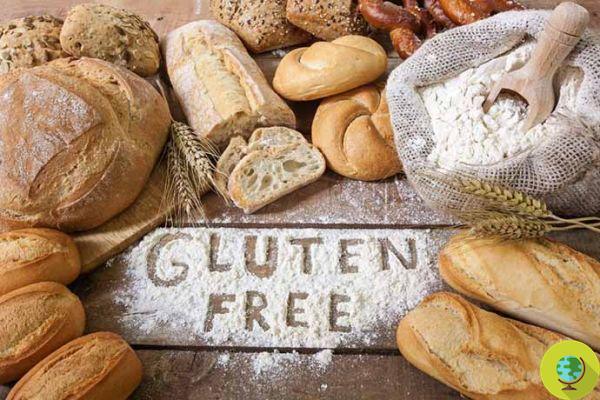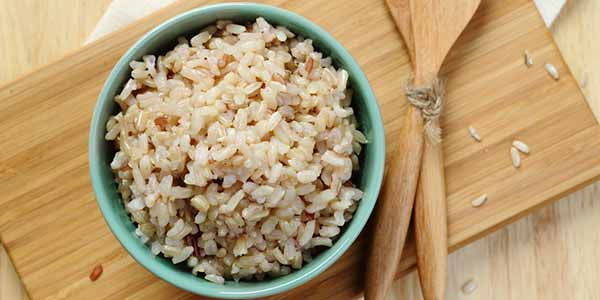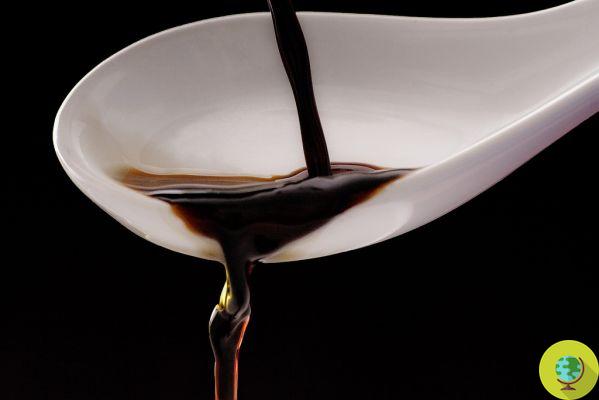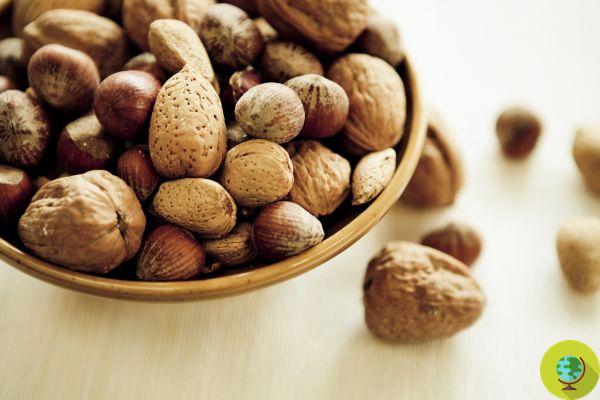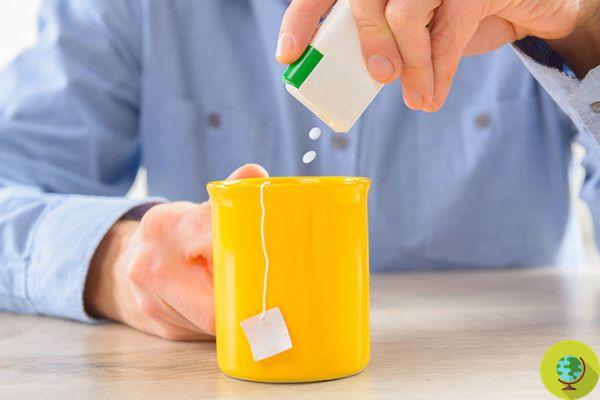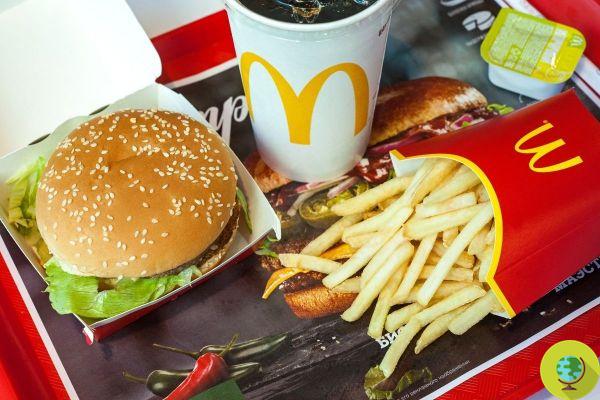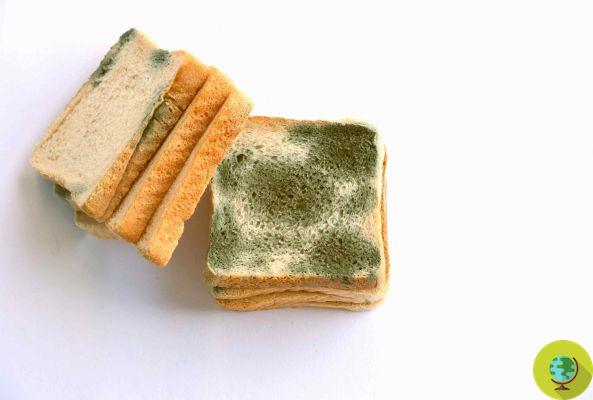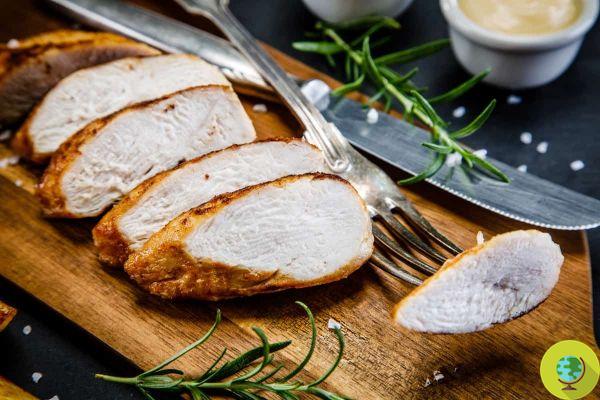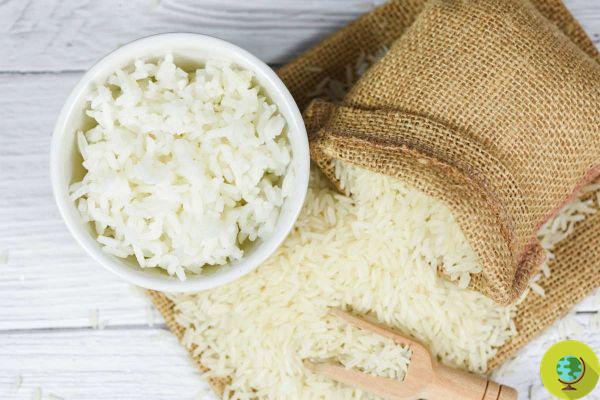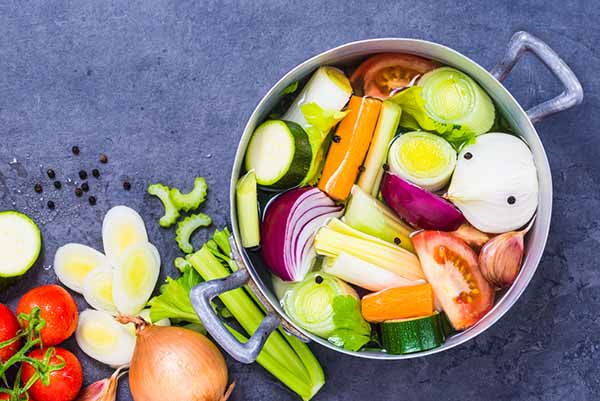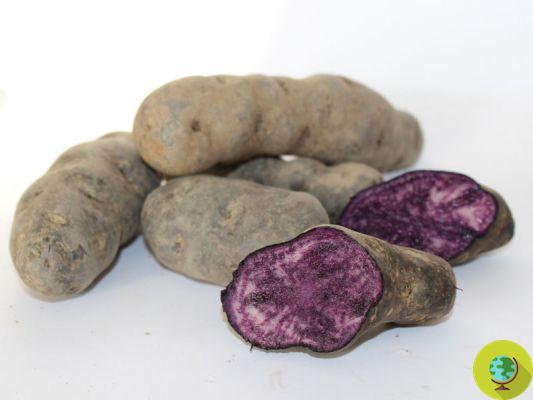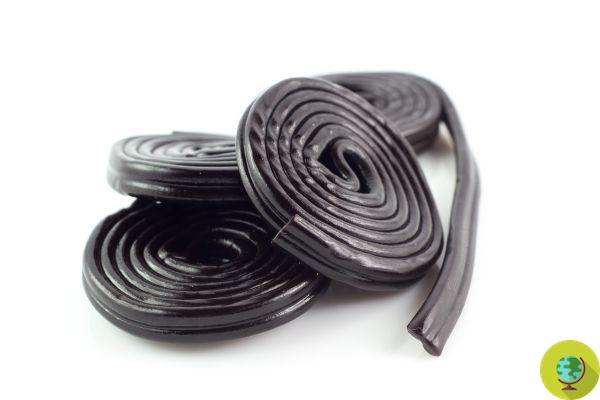Acrylamide in packaged French fries. Six brands consumed in our country do not exceed sufficiency. To say it is a new analysis conducted by Il Salvagente and published in the newspaper
Don't store avocado like this: it's dangerousAcrylamide in packaged French fries. Six brands consumed in our country do not exceed sufficiency. To say it is a new analysis conducted by Il Salvagente and published in the newspaper.
What is acrylamide
It is a molecule that IARC, the WHO International Agency for Research on Cancer, considers "probably carcinogenic". This substance develops when very starchy foods such as potatoes are cooked at temperatures above 120 degrees. At the base there is the chemical process known as the "Maillard reaction" which gives the food the typical "toasted" aspect which makes it tastier but also more risky.
A systematic review
Lo study examined the acrylamide concentration in 18 samples of packaged potato chips, 16 classic chips and two fried potato-based snacks, the Pringles and the Cipster. Results in hand, the numbers say that one third of the sample is below sufficiency. Two types are even at the limit of the reference threshold which is 1.000 micrograms per kilo while four exceed it. The analyzes were carried out in the UL-Conal laboratories in Cobiate (Como).
Unfortunately, however, these are not illegal products since, as the analysis points out, there is no limit for acrylamide. Yet according to the EFSA, this substance can "increase the risk of developing cancer for consumers in all age groups".
Instead of the mandatory limit, there is a guide value, called the “reference limit” periodically reviewed by EFSA, to which companies must strive, without however any obligation to respect it. Today the level not to be exceeded is 1.000 mcg / kg, a threshold that will drop to 750 in April.
By examining the chips and comparing the data obtained with the limit value, Il Salvagente found that 4 samples - Auchan, Pam, Amica Chips and Lidl - exceeded the threshold. Two others, San Carlo Classiche and Coop, are at the limit. High concentrations, but below the threshold, are also those recorded in the case of Amica Chips Eldorada (800 mcg / kg), Todis (730 mcg / kg) and Conad (710 mcg / kg). He promoted the Eurospin crisps and the Lays.
“An important clarification: the data obtained are subject to uncertainty of measurement which can affect the final result by excess or by defect. A significant difference that companies are also well aware of. We have chosen to report the data released from the analysis in the table: if we had wanted to report the 'maximum' data, more than half of the sample analyzed would have been outside the reference threshold ”, however, the newspaper specifies.
The following infographic summarizes the results obtained from the survey:

READ also:
- ACRYLAMIDE: HOW TO REDUCE EXPOSURE TO THIS GENOTOXIC SUBSTANCE
- IS ACRYLAMIDE IN FOOD CARCINOGEN? FINALLY COMES THE OPINION OF EFSA
- DO PRE-COOKED FRENCH FRIES CAUSE CANCER? FAULT OF ACRYLAMIDE
For its part, the Commission has recently published the new provision on acrylamide, the EU Regulation 2158/2017 which will come into force on 11 April 2018, with which, although there is no real legal limit, for the first time the guide values are lowered (for fries in bags, they go from 1.000 to 750 mcg / kg ). From April, therefore, companies will be obliged to take measures to contain acrylamide starting from monitoring cooking temperatures and carrying out periodic analyzes.
However, this is not an obligation. Made the law ...
Francesca Mancuso






